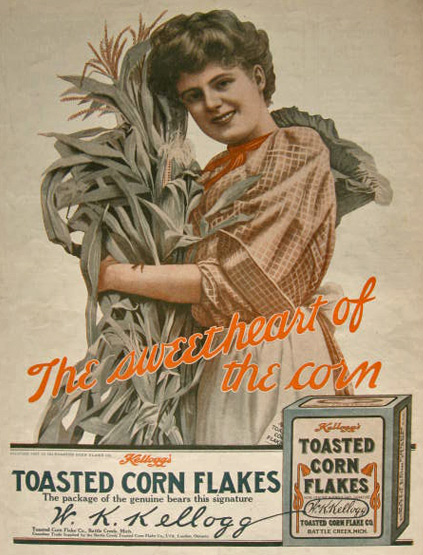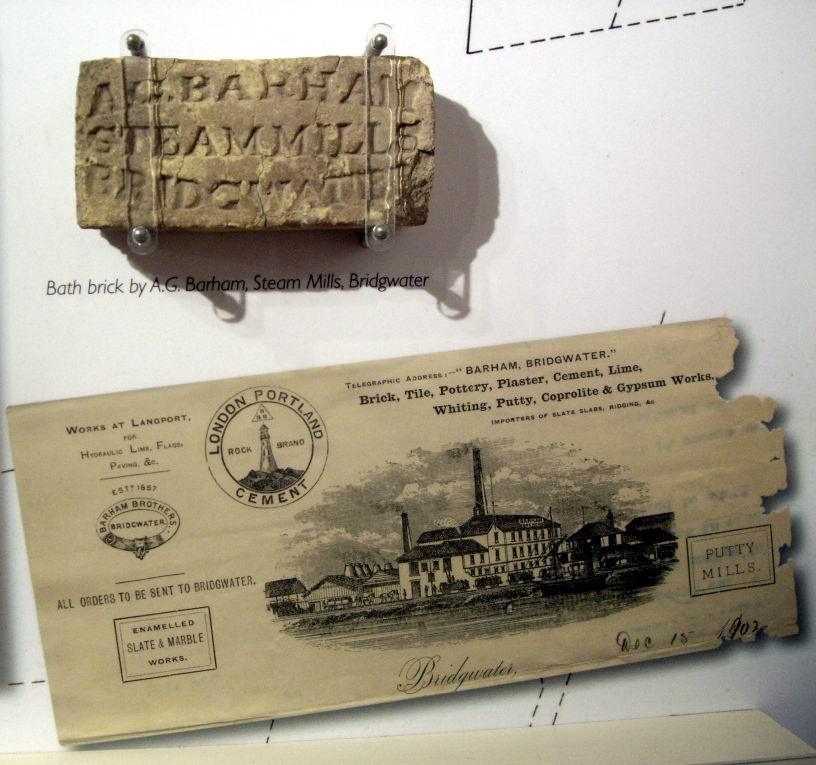Take a gander into the way his mind pictures the world, and its people.






 Brontosaurus ribs anyone?
Brontosaurus ribs anyone?






 Brontosaurus ribs anyone?
Brontosaurus ribs anyone?






As a young girl growing up in California, I had no idea what a boiled dinner was. Eventually, a person from the East showed me his version of a Boiled Dinner. It consisted of a piece of beef, vegetables, lots of liquid and cooked in the oven.
Several years later, I was married with two children. The four of us arrived in Hornell, New York, from France, after my husband (at that time) was discharged from the U.S. Army.
There were many differences for this California girl to get used to, after landing in New York. Boiled Dinner was my favorite.
So, this is what I learned about a Boiled Dinner:
The ham (at that time) was so salty, that it was ALWAYS boiled in a large pot on the the top of the stove for a few hours, until the ham was falling off the bone. At that time, chunky cut-up vegetables such as, cabbage, carrots, turnips (optional), and onions are added. When vegetables are about half done, the potatoes are added; as they cook fairly quickly, they will totally fall apart if added too soon.
The ham provides a lot of flavor (and salt) to the vegetables. Each person at the meal can decide if butter, pepper and salt needs to be add to the dish. This dish can be served with or without the liquid.
 Fortunately for me, time heals all memories, and my recollection of them was significantly more appealing than this.
Fortunately for me, time heals all memories, and my recollection of them was significantly more appealing than this.KnivesClean with a soft flannel and Bath brick. If rusty, use wood-ashes, rubbed on with a newly cut bit of Irish potato. This will removes spots when nothing else will. Keep your best set wrapped in soft white paper; then in linen, in a drawer out of damp and dust.


 I think you'll enjoy the closing sentences of this piece:
I think you'll enjoy the closing sentences of this piece:A lady did once explain the dinginess of her goblets to me by saying that she was "afraid to put them in hot water. It rots glass and makes it so tender! I prefer to have them a little cloudy." This is literally true--that she said it, I mean. Certainly not that a year's soak in hot water could make glass tender.Certainly not?

 When working with the beloved whole, you get all that delicious subcutaneous connective tissue, navicular bursa, and fetlock joint juice.
When working with the beloved whole, you get all that delicious subcutaneous connective tissue, navicular bursa, and fetlock joint juice. I love, love, love this page!!!
I love, love, love this page!!! I'm a bit fascinated by the idea of "indigestibility", which back in the day typically referred to fat content or greasiness.
I'm a bit fascinated by the idea of "indigestibility", which back in the day typically referred to fat content or greasiness."Fried foods crispier, tastier, and so digestible: But say, when it comes to fryin, I could tell as much as any of 'em! Since I been fryin' with Spry, you should see all the doughnuts, French fries, and fried chicken my husband, Calvin, stows away! And never a twinge of indigestion!""Mebbe I mentioned it before, but I want to say over again, so that everybody gets it, how easy to digest foods cooked with Spry are. Grandpa Briggs at the Old Soldiers' Home eats pies and doughnuts and fried foods aplenty. Mrs. Thompson, the matron, uses Spry for everythin'.""And you'll notice such a difference with fried foods! Why folks are eatin' all they want since Spry came to town. Sleepin' like tops and feelin' real chipper, too. Fact is, foods fried proper in Spry are as digestible as if baked or boiled. Why even a child can eat 'em."
 First off, apologies for the skewed image. It's a book, after all. An old book. I don't want to press it too flat, nor get my fingers in the shot.
First off, apologies for the skewed image. It's a book, after all. An old book. I don't want to press it too flat, nor get my fingers in the shot. Here's the thing: I never realized that calf's foot jelly was jelly. I mean, I've heard of it before, and had the usual shivering "Eeeewwwwww" response that most of us do from our view in this latest millennium.
Here's the thing: I never realized that calf's foot jelly was jelly. I mean, I've heard of it before, and had the usual shivering "Eeeewwwwww" response that most of us do from our view in this latest millennium.  Helpful advice is, as usual, offered in abundance. For example, one should wash the oysters so as not to offend fastidious guests.
Helpful advice is, as usual, offered in abundance. For example, one should wash the oysters so as not to offend fastidious guests.  Let's be honest: who hasn't been duped by one of those city slicker eel merchants? And who really has time to consider the diets of urban eels compared to those of more pastoral climes?
Let's be honest: who hasn't been duped by one of those city slicker eel merchants? And who really has time to consider the diets of urban eels compared to those of more pastoral climes?"Since eels do not keep diaries," the investigator, 19-year-old Sigmund Freud, wrote to a friend in the spring of 1876, the only way to determine gender was to cut and slice, "but in vain, all the eels which I cut open are of the fairer sex."

Every housekeeper knows how unfit for really nice cooking is the pressed lard sold in stores as "best and cheapest." It is close and tough, melts slowly, and is sometimes diversified by fibrous lumps. And even when lard has been "tried out" by the usual process, it is often mixed with so much water as to remind us unpleasantly that it is bought by weight.The best way of preparing the "leaf lard," as it is called, is to skin it carefully, wash, and let it drain; then put it, cut into bits, into a large, clean tin kettle or bucket, and set this in a pot of boiling water. Stir from time to time until it is melted; throw in a very little salt, to make the sediment settle; and when it is hot--(it should not boil fast at any time, but simmer gently until clear)--strain through a close cloth into jars. Do not squeeze the cloth so long as the clear fat will run through, and when you do, press the refuse into a different vessel, to be used for commoner purposes than the other.Most of the lard in general use is, however, made from the fatty portions of pork lying next the skin of the hog, and are left for this purpose by the butcher. Scrape from the rind, and cut all into dice. Fill a large pot, putting in a teacupful of water to prevent scorching, and melt very slowly, stirring every few minutes. Simmer until there remains nothing of the meat but fibrous bits. Remove these carefully with a perforated skimmer; throw in a little salt, to settle the fat, and when it is clear strain through a fine cullender (sic), a sieve, or a coarse cloth. Tip the latter in boiling water, should it become clogged by the cooling lard. Observe the directions about squeezing the strainer. If your family is small, bear in mind that the lard keeps longer in small than large vessels. Set away the jars, closely covered, in a cool, dry cellar or store room.In trying out lard, the chief danger is of burning. Simmer gently over a steady fire, and give it your whole attention until it is done. A moment's neglect will ruin all. Stir very often--almost constantly at the last--and from the bottom, until the salt is thrown in to settle it, when withdraw to a less hot part of the fire. Bladders tied over lard jars are the best protection; next to these, paper, and outside of this, cloths dipped in melted grease.

 Florence writes:
Florence writes:My aunt Jenny was oen of the most famous cooks in central Ohio forty years ago. Her kitchen was a huge room dominated by a coal range from which came aromas which touched off a stampede of children from all parts of the house.Best of all, especially in winter, were the big pans of apple dumplings, steaming at the top with apple jelly oozing out. They were supposed to be served cold, or nearly so. But we couldn't wait. We ate them hot with very cold, very thick cream.Here is her recipe. (Today's busy housekeepers may use ready mixed pie crust.)